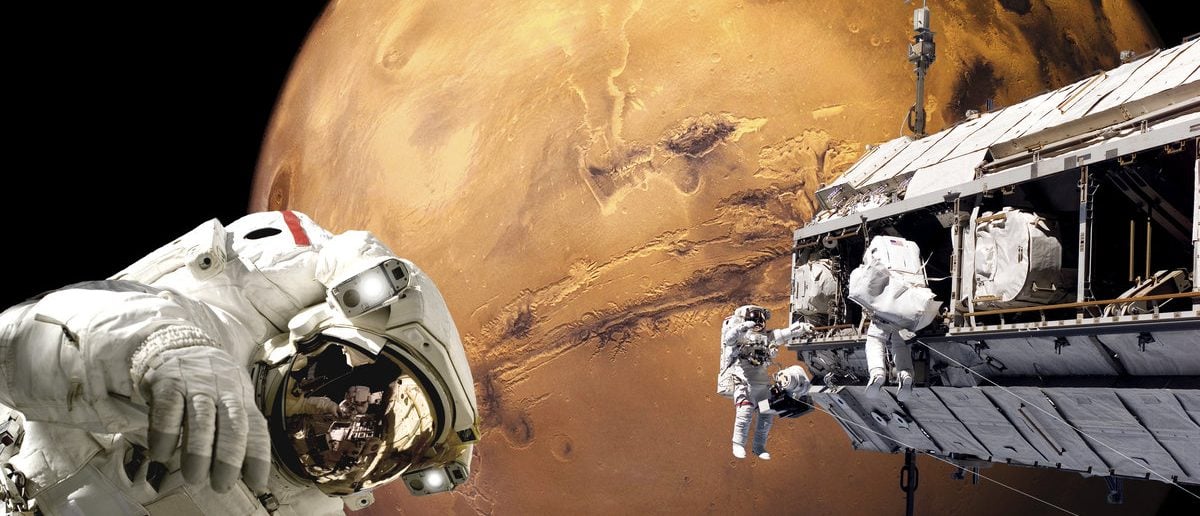 Six NASA-funded scientists are about to begin six months of simulated life on the Red Planet.
Six NASA-funded scientists are about to begin six months of simulated life on the Red Planet.
They’ll live not on Mars, but in a tiny dome simulator in Hawaii that’s just 36 feet wide and 20 feet tall, designed to closely simulate the Red Planet’s conditions. The mission is partially intended to see if the crew can tolerate one another in a cramped space for such an extended period of time.
“We’re hoping to figure out how best to select individual astronauts, how to compose a crew and how to support that crew on long-duration space missions,” Dr. Kim Binstead, a University of Hawaii science professor and the project’s principle investigator, said in a press statement. “Right now, all of our eggs for life are in one basket. I think it’s a good overall strategy for us as a species to spread out further.”
The scientists will wear devices around their necks to measure their moods and proximity to other team members.
They will also wear space suits whenever they leave the compound to conduct daily tasks including geological and mapping studies, and will otherwise have no physical contact with the outside world. The team will even have an artificial 20-minute delay in communications, the time it would take for an email to reach Earth from Mars.
“I can give you my personal impression which is that a mission to Mars in the close future is realistic. I think the technological and psychological obstacles can be overcome,” Cyprien Verseux, a French astrobiologist who served in a previous Mars dome experiment, told Phys.org.
The Hawaiian Mars simulation is almost unique because of its remote accessibility, Mars-like weather and geography, and proximity to the summit of the world’s largest active volcano.
NASA spent $1.2 million on the previous dome study run through the University of Hawaii. The simulation was the second-longest of its kind next to a mission that lasted 520 days in Russia. NASA plans to conduct three similar experiments in the near future. The space agency estimates that an actually manned Mars mission would take between one and three years to carry out.
NASA currently plans to send real astronauts to Mars in 2030. The total costs of current plans to send Americans to Mars comes out to roughly $35 billion spent by 2025 to arrive in 2030. America is currently better prepared to visit Mars than it was to visit the Moon in the 1960s, according to a study by NASA’s Johnson Space Center. The rocket intended to take American astronauts to Mars in 2030 passed its final full-scale tests in late June.
NASA already has plans to put a large manned space station in orbit above Mars by 2028. The station will remotely operate rovers, analyze samples off dirt and rock and even make short trips to Mars’s two moons.
Follow Andrew on Twitter
Send tips to andrew@ dailycallernewsfoundation.org .
Content created by The Daily Caller News Foundation is available without charge to any eligible news publisher that can provide a large audience. For licensing opportunities of our original content, please contact [email protected].






